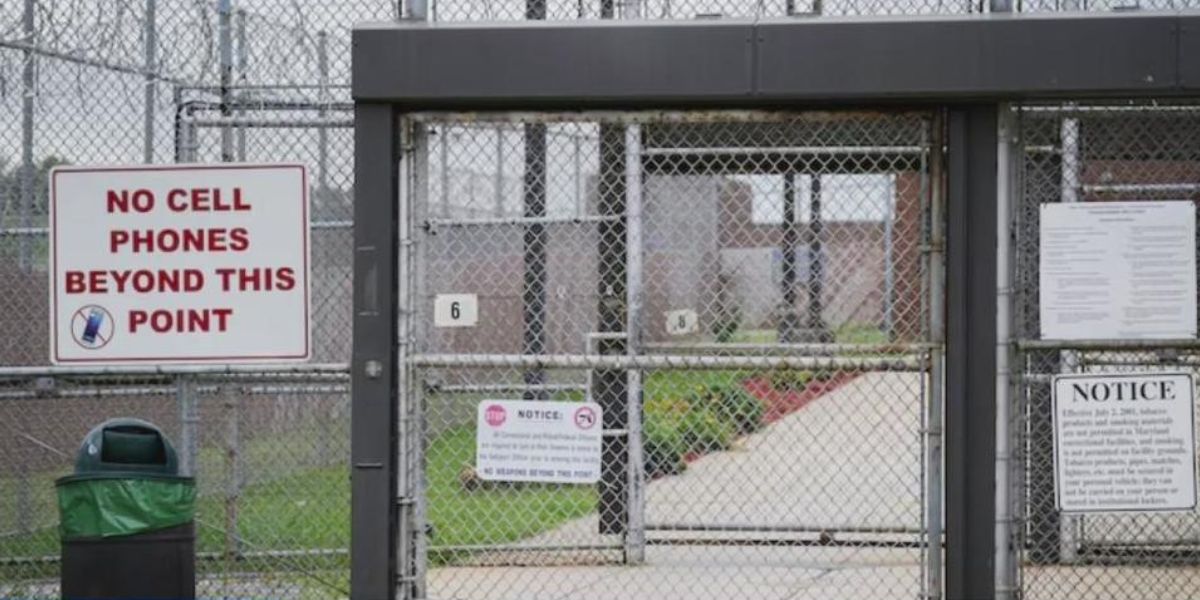For many years, same-sex marriage has been a divisive topic in Texas, characterised by court cases, legislative initiatives, and changing popular sentiment. Following the historic ruling in Obergefell v. Hodges by the U.S. Supreme Court, same-sex marriage became legal in Texas on June 26, 2015. All states were required by this verdict to accept and permit same-sex weddings. But the path to this point was paved with obstacles and resistance.
Early Legal Environment
Texas passed its first law prohibiting same-sex marriage in 1973. This law was a direct reaction to a marriage licence that was granted to Antonio Molina and William ‘Billie’ Ert the year before. Ert’s appearance in drag allowed the same-sex couple to get the licence. The public uproar and ensuing legal disputes prompted the Texas Legislature to clearly define marriage as a partnership between a man and a woman. On June 15, 1973, Governor Dolph Briscoe signed this definition into law.
Amendments to the Constitution and Additional Limitations
Texas’s prohibition against same-sex marriage was strengthened in the 1990s and the first part of the 2000s. A law that forbade the granting of marriage licenses to same-sex couples was passed by the Legislature in 1997. The “Texas Defence of Marriage Act,” which was passed in 2003, further cemented this by outlawing same-sex marriages and civil unions and refusing to recognise unions consummated in other states.
Proposition 2, a 2005 constitutional amendment, was the result of these efforts. By defining marriage as “only of the union of one man and one woman” in the state constitution, this amendment was approved by Texas voters on November 8, 2005, and it forbade the establishment or acceptance of any legal status that was comparable to or identical to marriage.
Legal Obstacles and the Road to Acknowledgement
Marriage equality activists persisted in opposing the state’s position in spite of these restrictions. On February 26, 2014, U.S. District Judge Orlando Luis Garcia made a landmark decision in De Leon v. Perry, holding that Texas’s prohibition on same-sex marriage violated the Fourteenth Amendment. According to Judge Garcia, the state was unable to provide any justification for denying same-sex couples their basic right to marriage. He did, however, postpone the enforcement of his decision by issuing a stay while the case is being appealed.
When the U.S. Supreme Court ruled 5-4 in Obergefell v. Hodges on June 26, 2015, that same-sex couples’ denial of marriage rights was unconstitutional, the legal landscape underwent a significant upheaval. All state laws prohibiting same-sex marriage, including Texas’s, were essentially declared unconstitutional by this ruling. In accordance with the Supreme Court’s directive, county clerks throughout Texas started granting marriage licenses to same-sex couples after the decision (Texas Law Help).
Following Legalisation Developments
Even while the Obergefell ruling was a significant win for marriage equality, Texas’s opposition did not vanish overnight. Citing moral and religious concerns, a few lawmakers and state representatives voiced opposition. But as time went on, many people complied with the decision, and same-sex unions were acknowledged and accepted in Texas culture.
Public sentiment has also changed. The majority of Texans now support the legalisation of same-sex marriages, according to polling data, reflecting a dramatic shift in opinions. This shift is in line with broader national trends that support LGBTQ+ equality and acceptance.
Continued Difficulties and the Prospects
Notwithstanding the advancements, difficulties still exist. A number of states have proposed legislation in recent years calling on the Supreme Court to re-examine the Obergefell ruling. States like Michigan, Idaho, Montana, North Dakota, and South Dakota notably introduced legislation in 2025 to try to overturn the decision. These resolutions draw attention to the continuous discussions over marriage equality, even though they are not legally enforceable and do not ensure a Supreme Court review.
Proposals to establish “covenant marriages” that are only open to heterosexual couples have been part of Texas’ legislative initiatives, which reflects ongoing hostility in some political circles. However, same-sex marriage is still accepted and legal in the state as of right now.
In conclusion
After decades of campaigning, legal obstacles, and societal changes, same-sex marriage is now legal in Texas. The path to marriage equality has been intricate and multidimensional, with early bans, constitutional revisions, and significant court rulings. Even if there has been a lot of progress, the continuous discussions and legislative initiatives serve as a reminder that the struggle for recognition and equality is far from over.


 by
by 




